The Best Webinar Software for Marketers in 2025 to Grow Your Audience and ROI
Advertisement
Marketing isn't what it used to be. People scroll fast, click faster, and if something doesn't hold their attention in a few seconds, it's gone. That's why webinars have turned into more than just an option—they're now a smart way to engage, explain, and convert. However, not all webinar tools are created equal. Some are clunky. Some lag. And others feel like they forgot marketers exist.
So, if you're looking to run smooth sessions, keep your viewers hooked, and actually hit those marketing goals—choosing the right webinar software in 2025 matters more than ever. Let's break it down.
Top Picks That Actually Get the Job Done
Demio: Clean Interface, Solid Engagement Tools
Demio is what you pick when you don’t want to babysit your tech. It runs smoothly in the browser—no downloads, no friction. That means your attendees click once, and they’re in.
From a marketer's perspective, it brings in the essentials: custom registration pages, lead capture on replays, built-in CTAs, and interactive polls. You can also drop in handouts mid-webinar, which is perfect if you're sharing a bonus or time-limited promo.
It also handles automated webinars well. You can run pre-recorded sessions with simulated chat, timed offers, and dynamic replays. For anyone focused on scale and consistency, it’s a helpful option.
WebinarNinja: Balanced, Flexible, Easy to Set Up
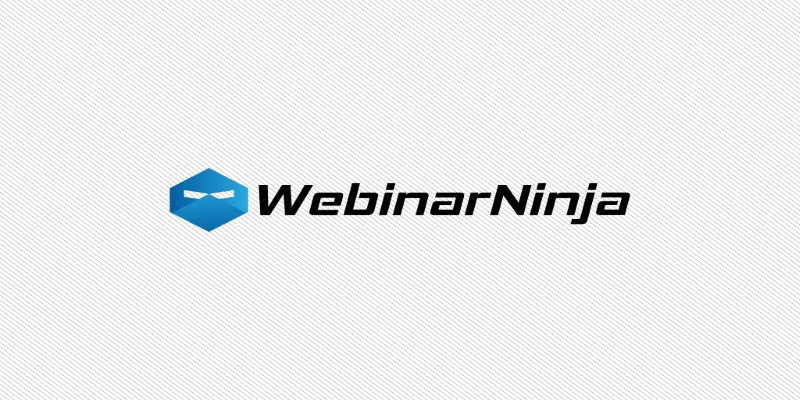
WebinarNinja strikes a middle ground. It’s not heavy on setup, but it gives you the marketing levers you want: custom branding, CRM integrations, timed offers, and hybrid formats.
You can host one-off sessions, ongoing series, or pre-recorded presentations. It also lets multiple presenters run the show together, which is great for team-based campaigns.
Where it stands out is the analytics. Registration rates, session engagement, and post-event clicks are all tracked in one place. That means you're not guessing what worked; you'll see it clearly.
Livestorm: Team-Friendly With Deep Tracking
Livestorm is ideal if you’ve got a team running lots of campaigns or juggling multiple events. It’s sharp, quick to learn, and ties in neatly with major CRM systems like HubSpot and Salesforce.
You can customize registration forms and embed them on landing pages, which keeps your branding tight. During events, you get real-time tracking on engagement, CTA clicks, and viewer behavior—broken down minute by minute.
It also supports instant replays, so people who leave early can still get the full pitch. For marketers fine-tuning performance, this one gives a clear view of what’s working.
GoTo Webinar: Still Reliable, Still Relevant
It’s been around—but in this case, that means stability. GoTo Webinar continues to be a solid pick for marketers running high-stakes or large-scale events.
From registration tracking to post-event surveys, the platform has kept its core features while polishing the ones that matter. Audio and video stay stable even with big crowds, and follow-up emails and reminders are built-in.
It’s especially useful for product launches or investor-facing presentations where things need to work—no glitches, no surprises.
BigMarker: Built for Funnel-Focused Marketers
BigMarker was clearly made with marketing at the center. Everything—from landing page design to follow-up emails—is built to help you capture leads and guide them through a funnel.
It includes interactive features like breakout rooms, 1:1 video chats, and pop-up offers. Countdown timers can be added directly into sessions, which is handy for time-sensitive offers.
You can also build out fully automated webinar sequences. Think of ongoing campaigns that feel live but run on their own. The platform handles that with strong customization options.
eWebinar: Automation Without Sacrificing Experience
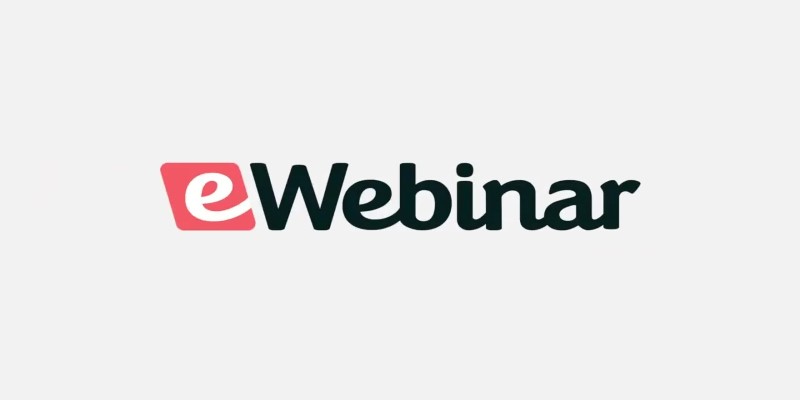
If your focus is around-the-clock lead generation, eWebinar fits the bill. It’s designed specifically for automated sessions that look and feel live.
You upload your recorded webinar, script your chats, and schedule interactions, and it handles the rest. Attendees get a consistent experience, complete with polls, handouts, and responsive chat—even if you're not there.
It’s especially useful for onboarding, evergreen lead magnets, or sales walkthroughs. With integrations for Slack, Zapier, and email CRMs, your follow-ups stay tight without extra hands-on work.
ON24: Data-Rich and Conversion-Focused
ON24 is tailored for marketers with complex funnels or enterprise-level goals. It’s polished, reliable, and packed with conversion tools.
You can embed CTAs right into the event, track individual user behavior, and gather detailed lead scores. Attendee questions, interactions, downloads—it’s all captured for your sales team.
It also offers interactive consoles, resource widgets, and surveys, turning each session into more than just a video—it’s a full content hub. If your team treats webinars as a strategic channel, ON24 has the depth to support it.
Zoom Webinars: Familiar Interface, Add-On Dependent
Zoom is the old standby. And for many marketers, it’s still the easiest way to get people into a room—virtual or not.
The video quality is solid, the attendee limits are generous, and people already know how it works. But if you're looking for lead capture, branded registration pages, or email automation, you’ll need to plug into tools like ConvertKit, Mailchimp, or Zapier.
It’s a good fit for partner events or community-facing webinars where the main goal is attendance and interaction—not necessarily funnel building.
Final Thoughts
The webinar space keeps evolving, but the goal hasn’t changed: engage people, earn trust, and move them to act. The software you use can either support that—or slow it down.
In 2025, the best webinar tools for marketers go beyond just streaming video. They help you capture the right data, personalize the experience, and keep the momentum going after the session ends. So, if webinars are part of your strategy this year, don't just settle for what's familiar. Choose the platform that matches how you market—and how your audience expects to connect.
On this page
Top Picks That Actually Get the Job Done Demio: Clean Interface, Solid Engagement Tools WebinarNinja: Balanced, Flexible, Easy to Set Up Livestorm: Team-Friendly With Deep Tracking GoTo Webinar: Still Reliable, Still Relevant BigMarker: Built for Funnel-Focused Marketers eWebinar: Automation Without Sacrificing Experience ON24: Data-Rich and Conversion-Focused Zoom Webinars: Familiar Interface, Add-On Dependent Final ThoughtsAdvertisement
Related Articles
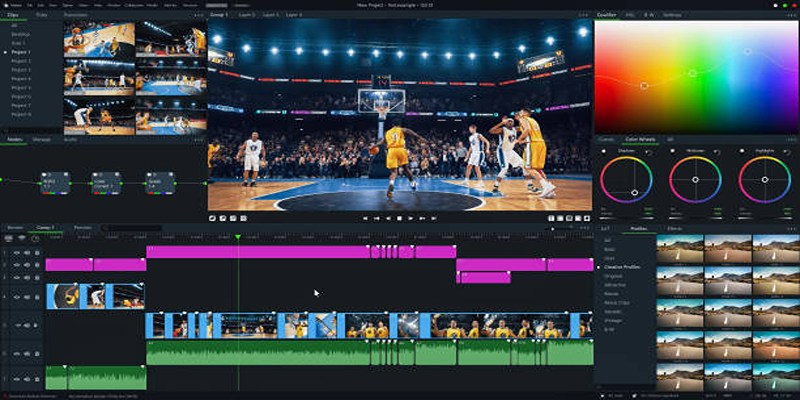
Top 5 Background Noise Removers for Desktop Users

7 Best Tools to Reduce Video Noise and Enhance Clarity
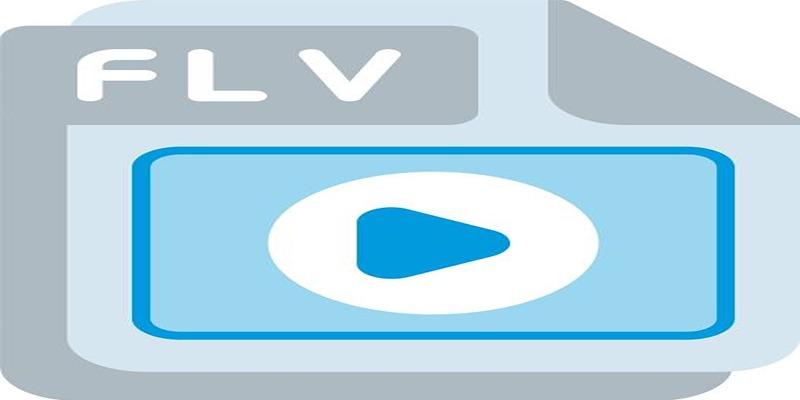
Effortless Ways to Convert FLV to iPad Air Pro mini Friendly Format

Why Wondershare RepairIt Stands Out as the Best Video Repair Tool
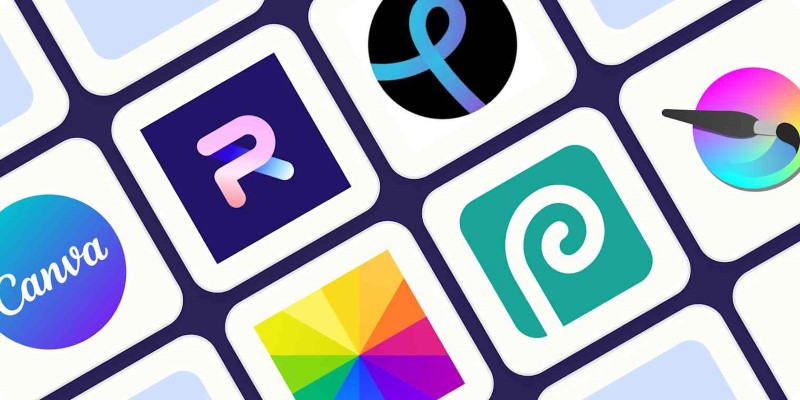
The 8 Best Free Photo Editors in 2025 That Rival Photoshop
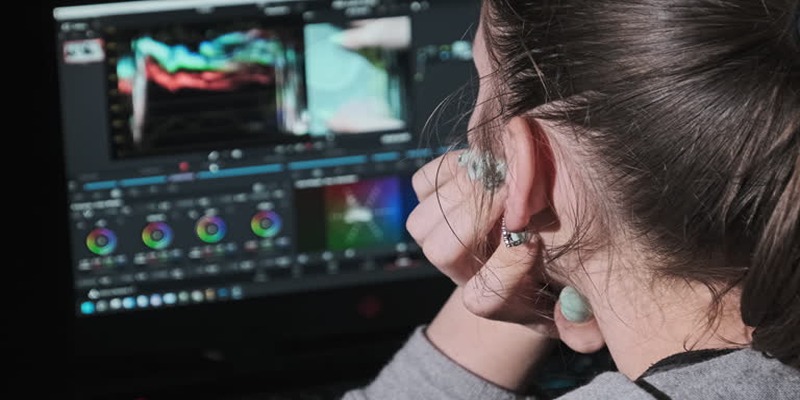
How to Edit Vertical Videos in iMovie: Step-by-Step Tutorial

5 Best 4K UHD Media Players for Windows PC and Mac in 2025

What Makes Generative AI by Getty Images The Best AI Image Generator for Businesses?

Best Tools to Compress Videos for Discord Effortlessly
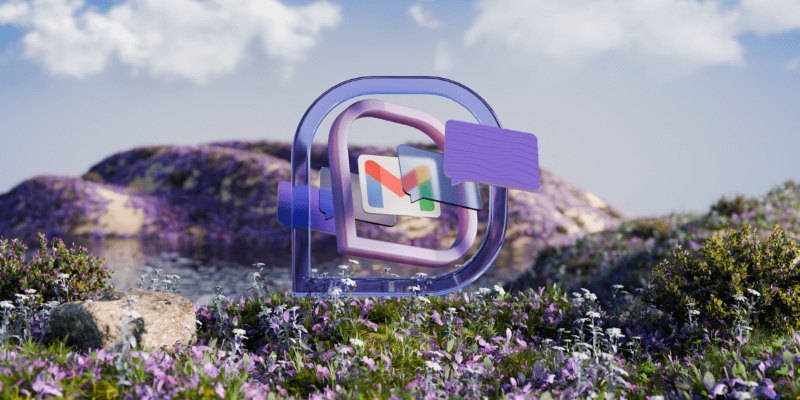
Discover the 7 Best Gmail Alternatives in 2025 to Boost Your Email Game

6 Best Platforms to Watch Anime and Cartoons Without an Account
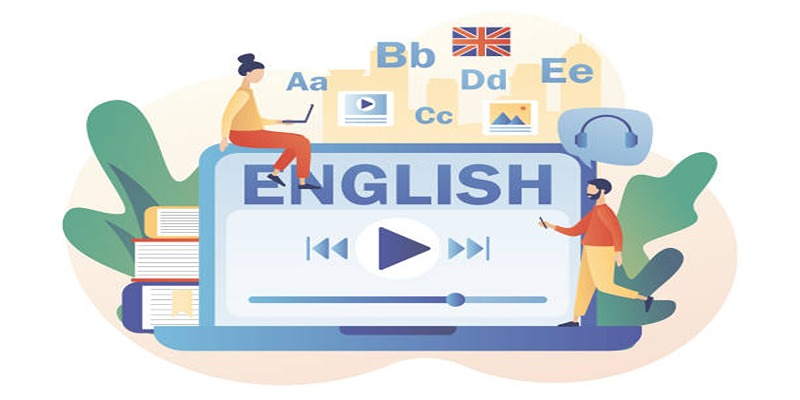
 novityinfo
novityinfo